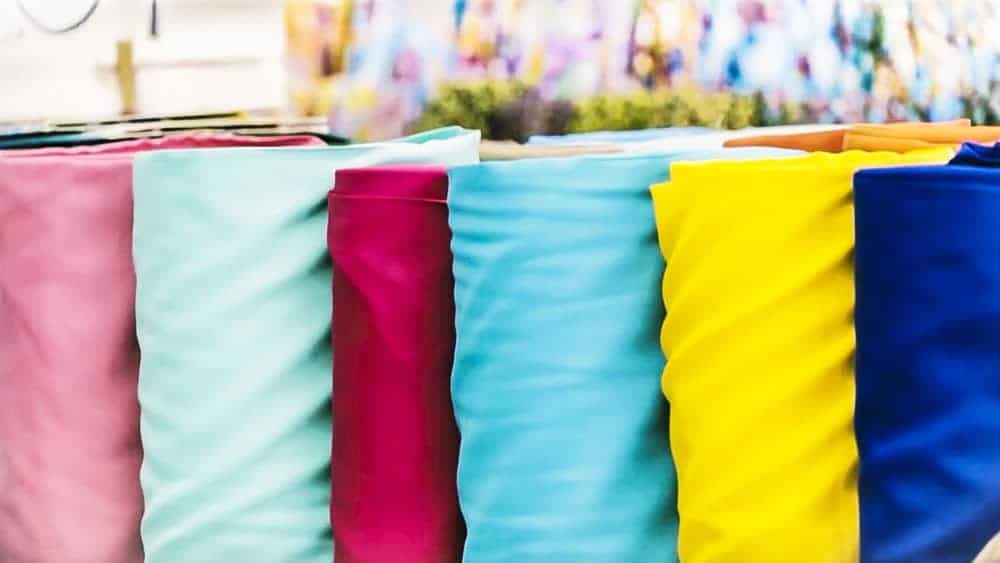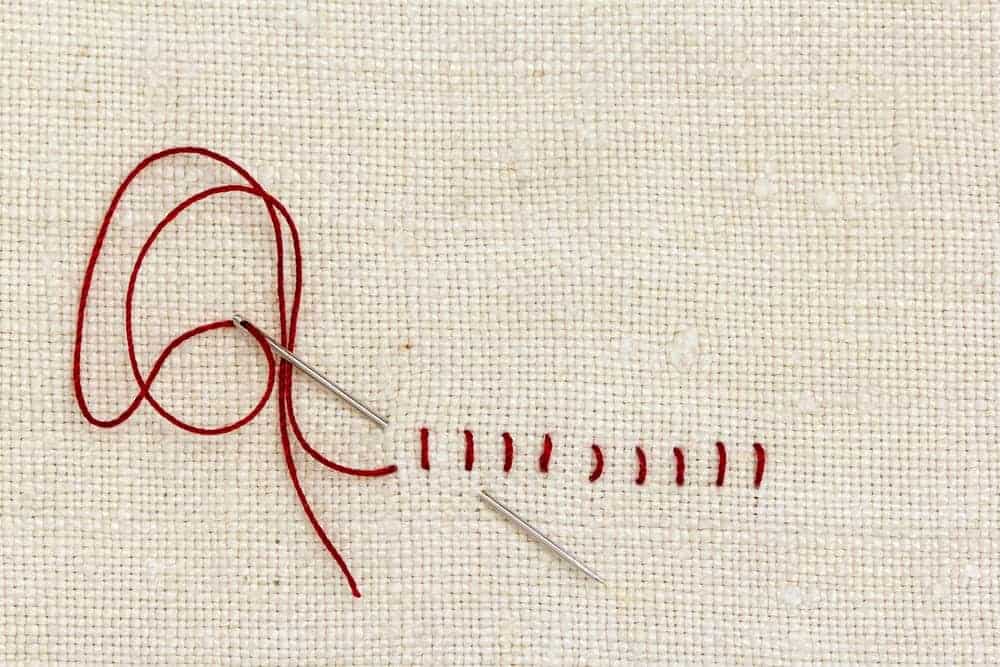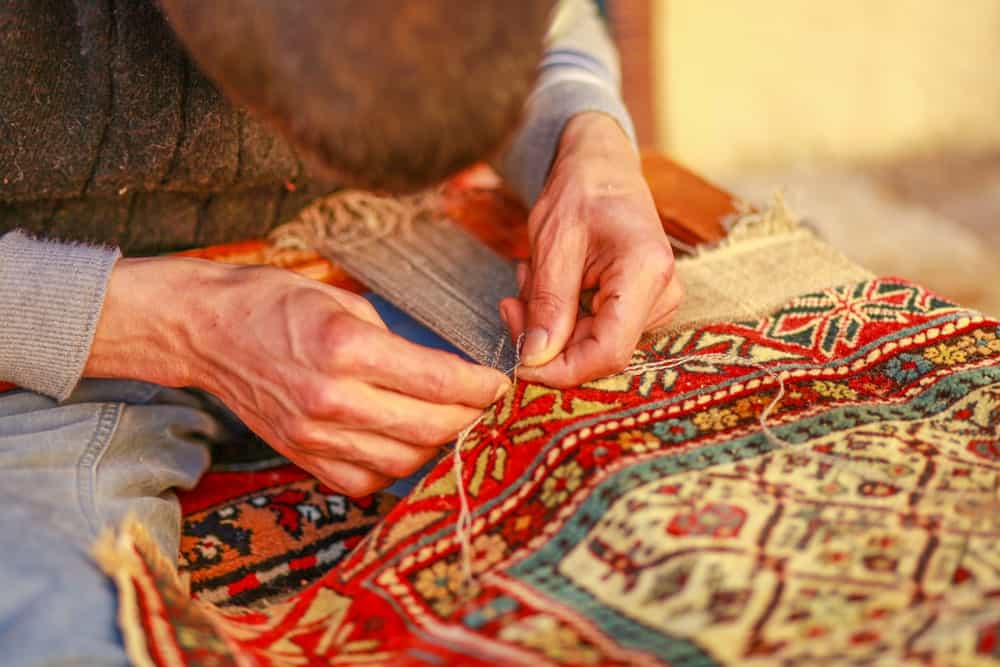Suede is the soft, fuzzy underside of the leather or skin of an animal such as a deer or cow. It makes everything from tents for camping to boots, shoes, clothing, and accessories like belts and hats. Suede requires exacting care to maintain its beauty, but it's a popular textile.
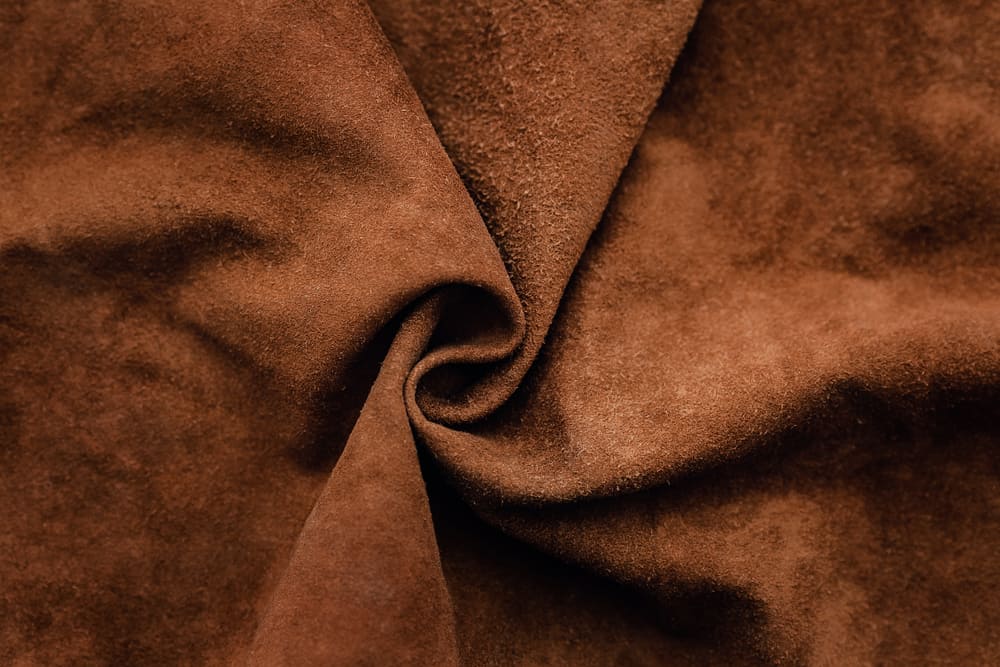
By now, everyone on the planet does his best not to step on blue suede shoes. Unless, of course, they’re wearing them, and that’s a whole other song. The only other places suede is mentioned is in ads, mainly for shoes and jackets. So what is suede?
Suede wasn’t mentioned in this song but think about it. Have you ever wanted to go back in time and be a Troglodyte (remember that song?) Put on a suede jacket. You’ll be wearing the same animal skins that only the most fashionable cavewomen wore. You could wrap a suede belt around your toga, carry leftover T-Rex tidbits in your suede leather shoulder bag, and avoid puddles in your suede boots.
Table of Contents
- So What Is Suede?
- A Short History Of Suede
- Types Of Suede For Footwear/Apparel
- Other Types Of Suede You Should Know
- Where To Buy Suede
- FAQs
So What Is Suede?
Leather isn’t only made from cow skin; it can be made from many animals. Leather is the top of the animal skin. Suede is the soft underside of the skin of an animal — lambskin, deer, calves, pigs, or goats.
There are major differences between leather and suede fabric. Since suede is softer than leather, it’s permeable in a way leather isn’t. Leather is more water-resistant, for example. Suede isn’t. Is stains more easily than leather, and is treated as a luxury fabric.
A Short History Of Suede
Early man as far back as the Paleolithic Era has used animal skins to protect his body from the elements. Most of the known world at that time had been recently covered with ice, so some protection was vital. The word suede is French for “Gants de Suede,” or, literally, gloves from Sweden. In time, the term came to be known for any napped leather surface.
Early man had to figure out a way to tan the leather to make it softer and wearable. One way was to wear the grain leather on the inside with the soft suede underskin on the outside. Sometimes that worked, but most often, early men needed another way to tan the skins.
The second way was to separate the grain leather from the suede underside. This was called split leather. The napped, fuzzy underside was revealed, while the leather was somehow rendered softer and more flexible.
Types Of Suede For Footwear/Apparel
Please note that the younger the animal (lamb, calf, fawn, and so forth) the softer the suede. Older animals turn out rougher leathers as well as suede.
Lambskin Suede
Suede made from lamb is incredibly soft. Lightweight and super luxurious, this fine-grain fabric has a fuzzy, soft texture reminiscent of silk. It’s thinner than leather, which makes the fabric great for clothing and shoes.
Cowhide Suede
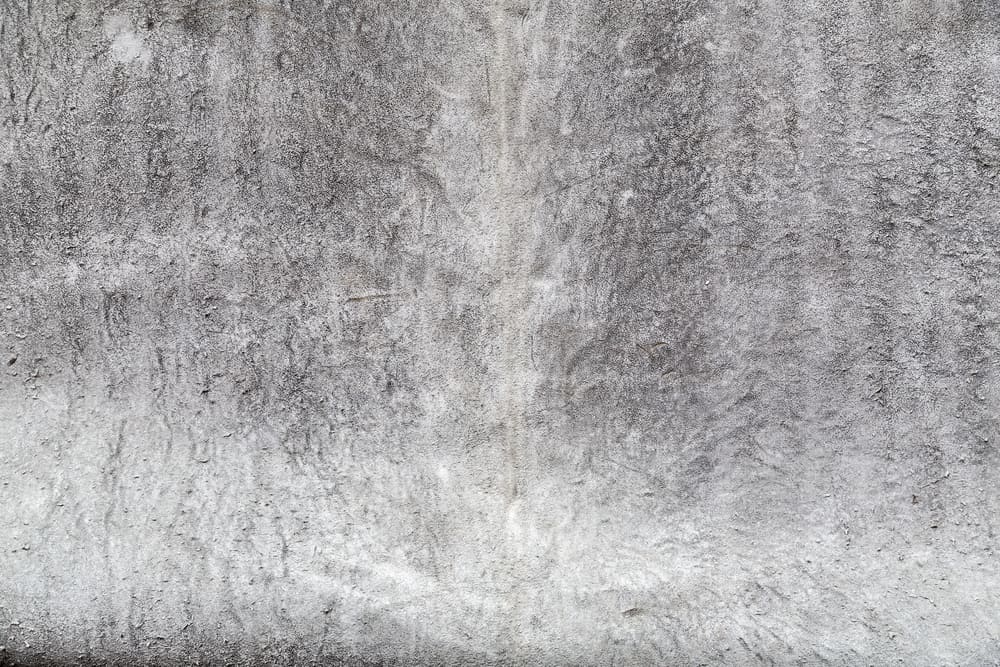
Considered the roughest type of suede, cowhide makes great leather although a little rough. Calves make the better suede due to their youth.
Pigskin Suede
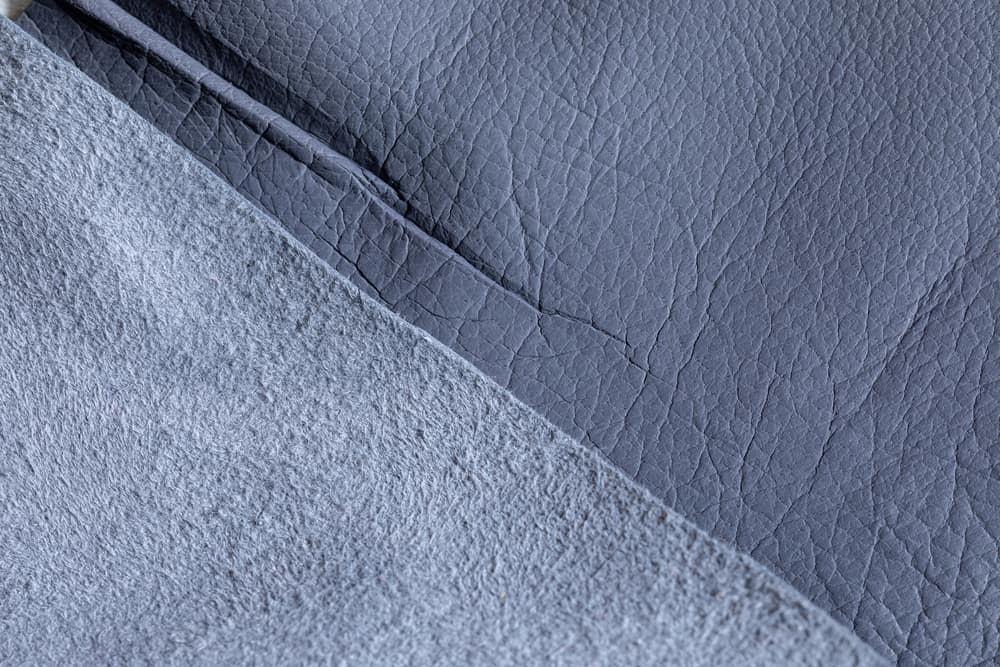
Better suited to work gloves, shoes, wallets, and purses, pigskin suede goes through a seeding process to produce the textile. It’s a bit stiff with a short nap.
Deer Suede
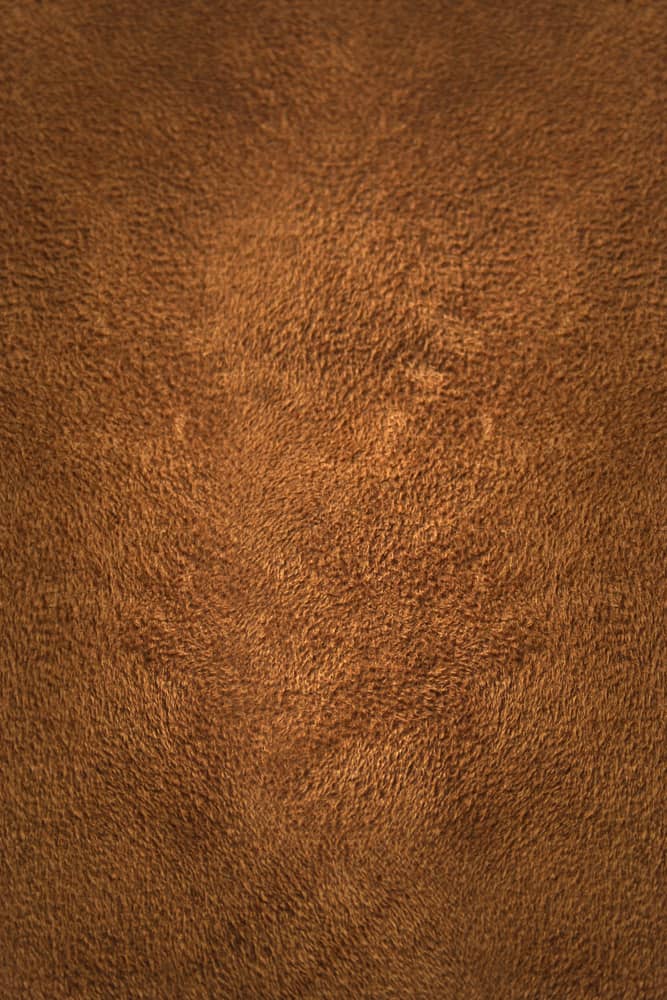
The most expensive of suede due to an incredibly difficult tanning process, deer suede is also the softest and strongest type of suede for footwear/apparel. The weave of the basic fiber keeps wearers cool in summer and warm in winter. This isn’t the case with other natural suede.
Other Types Of Suede You Should Know
Ultrasuede
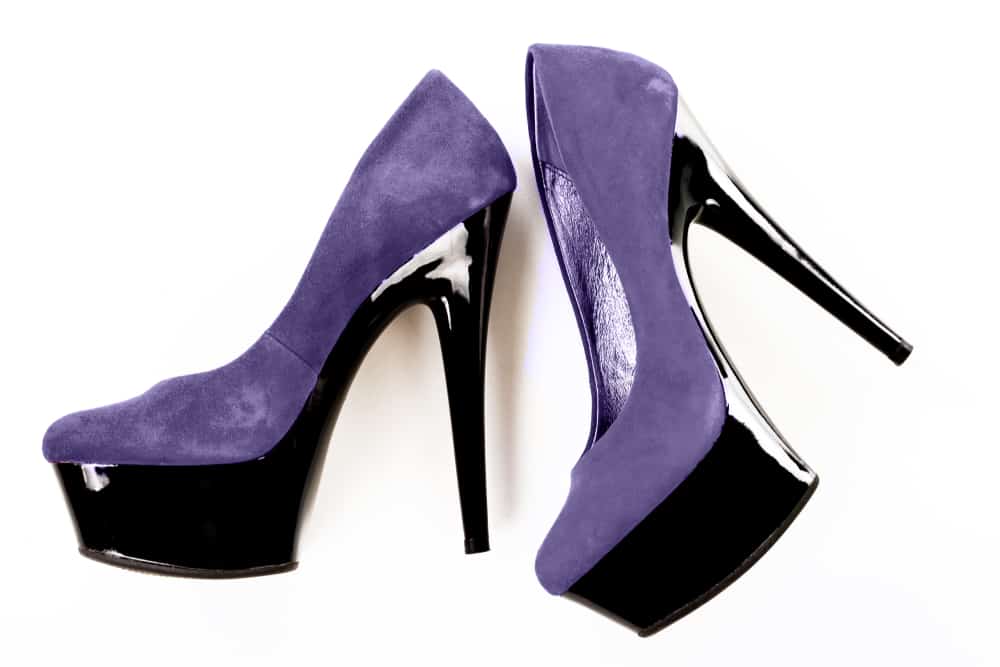
If something is outside your budget, wait about five minutes. Someone will come up with an alternative that you can afford. Typically, shoes and clothing with all their accessories fall into this category. Ultrasuede was created by a Japanese scientist. It comprises 20 percent polyurethane plastic with 80 percent polyester microfiber. It can be washed and dried, unlike its animal skin cousins.
Nubuck
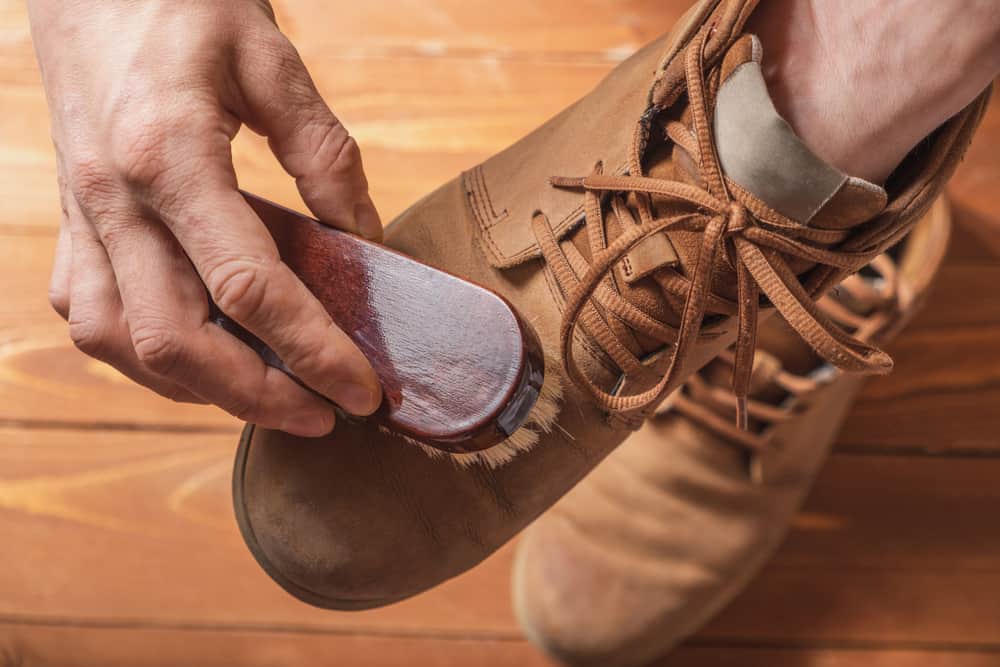
Nubuck is made from the top grain or outside of the animal skin. It’s sanded down and buffed up to produce a soft and velvety textile. This sanding and buffing process hides any defects, scratches, or stains on the leather. Nubuck leather is made into the same clothing, shoes, and accessories that use suede.
Microsuede
Microsuede is made of millions of polyester fibers. It’s soft like suede, but it has properties that make it resistant to wear and stains, pets love it, and it offers ease of care. It comes in dozens of colors and shades therein. Microsuede was once called Ultrasuede, which was a trademarked, patented product. When the patent expired, microsuede became more obtainable and inexpensive.
Velour Leather
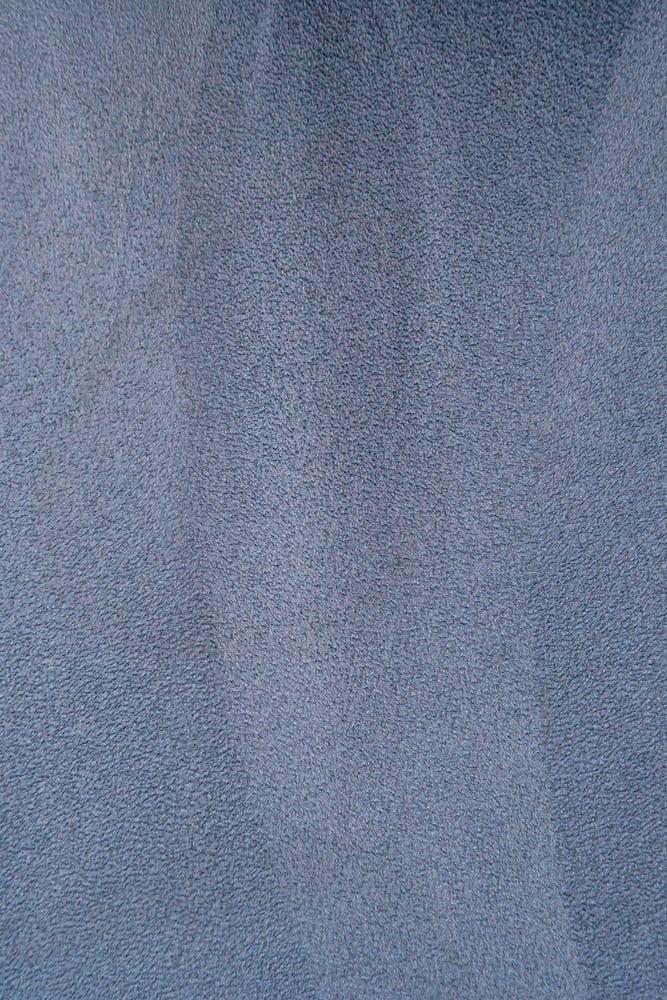
There might be some confusion between velour or velour leather and natural suede. This could arise from the incredible softness of the textiles. The distinction is simple: one is plant-based or made from synthetic fibers and the other is animal-based. The twain shall not meet, either.
Velour is woven on the same looms on which velvet is woven, with the warp and weft woven together to form one solid bolt of fabric. They are finished differently in order to give us the distinctions between velvet and velour. The textiles are made from silk, cotton, or man-made synthetic yarn.
Suede is separated from the top grain or leather of the animal skin and further processed into a textile from which clothing, shoes, and accessories are made.
Where To Buy Suede
Department stores like Walmart carry suede as well as suede products. Craft stores such as Michael’s carrying suede. Fabric stores like JoAnn Fabrics carry it. Sporting goods stores mostly carry suede products like shoes and boots, clothing, and accessories. You will find suede and its products on many websites online.
FAQs
What’s The Difference Between Microsuede And Suede?
Suede is made from the soft underside of an animal’s skin. Microsuede is made from man-made polyester fibers. It has properties completely unlike suede such as being stain-pet-and-wear resistant, which natural suede can’t match.
How Can You Identify Suede?
There are two ways to tell if something is real suede. The first is to wet your finger and touch the textile. If water is absorbed, then it’s real suede. If it beads up against the material, then it’s a man-made textile.
The second way is to look at the backside of the item. Real suede won’t have a backing. Real leather will still have the suede backing. So if you see knit fabric, then you’re looking at fake suede.
What Are The Advantages Of Suede?
Although suede is thin, it’s durable and tough:
- It has an appealing soft, smooth nap
- Pliable means that suede can be molded into anything like shoes, purses, belts, jackets, and the list goes on. Dresses have an especially pretty drape
- If leather lasts a long time, then suede will as well. After all, they’re parts of the same animal skin.
And The Disadvantages?
Aside from being a little expensive, the disadvantages of suede are:
- It absorbs water instead of repelling it
- It stains easily
- It gets dusty and dirty easily
- Can’t be washed; it should be cleaned and maintained by a professional
How Can You Tell The Difference Between Nubuck And Suede?
The thickness and toughness of leather or the outside of the animal skin can be distinguished from the soft inner skin or the suede. When leather is turned into nubuck, it’s sanded down and buffed up to produce a soft textile. Suede might be buffed to enhance its softness, but it’s thinner than leather. Look for the thickness to tell the difference.
What Are Some Tips For Cleaning Suede?
It’s vital to the longevity of the item to clean suede just after it stains or before wear and tears damage the textile:
- Treat any suede item with a water repellent product. Avoiding water all the time simply isn’t possible, but protecting your suede will help. Reapply according to the directions
- Whether it’s furniture or a suede item of dress-like shoes, it needs to be brushed. This will remove dirt and dust that can damage the textile. You’ll need a suede brush that’s half wire and half pig bristle, which is the best for getting out the dirt and crud
- Suede apparel should be brushed every time it’s worn. Suede furniture should be brushed once a week. If this isn’t possible, though, go once every two weeks.
Can You Use WD-40 On Suede Shoes?
Would you believe that WD-40 not only waterproofs leather and suede shoes and boots, but it cleans them as well? I wouldn’t have believed it, either, but there you go. WD-40 was originally made to prevent rust and corrosion in missiles. If it can do that with missiles, then it’ll be a snap protecting your leather and suede shoes.
It won’t work on lightly colored shoes, though, or it will make the fabric darker. If you don’t mind that, then spray away. One coat will render the leather or suede waterproof. Just remember not to spray it on light-colored leather and suede.
To clean stains from mud, oil, salt, or dirt off your leather or suede shoes or boots, simply spray a dot of WD-40 on the stain and wipe it off with a clean cotton cloth.


